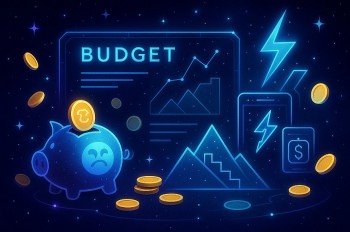Top 8 Worst Energy Crises In The World of All Time
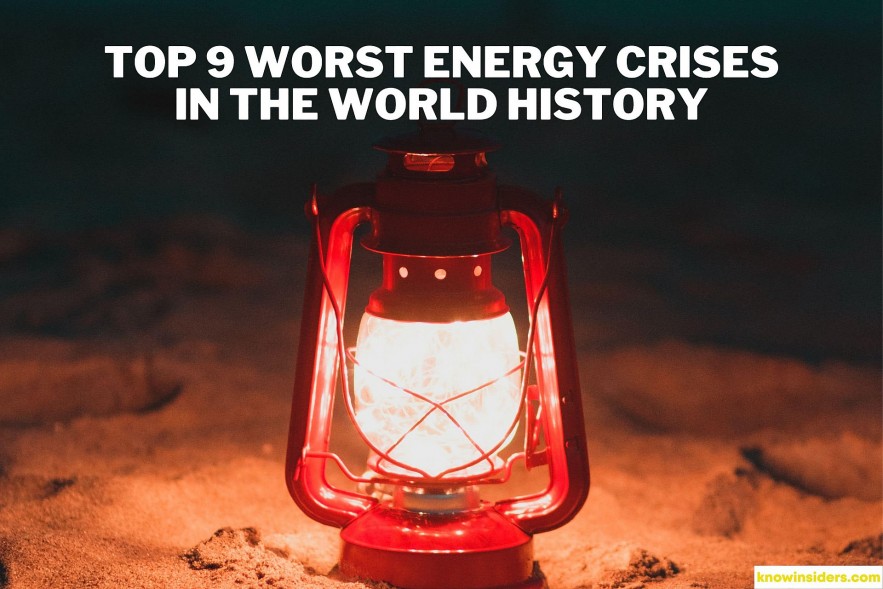 |
| Top 8 Worst Energy Crises in the World History. Photo KnowInsiders |
| Contents |
What is an energy crisis?
The term energy crisis is usually defined as any significant shortage in energy supply to a country or region. More specifically, the term is used to refer to a shortage of a specific energy source at a specific time in a specific place. For example, the 1973 oil crisis refers to an oil shortage in much of the Western world caused by an OAPEC oil export embargo enacted in response to the West's support of Israel during the Yom Kippur War. The price of oil nearly quadrupled.
| Effects of an Energy Crisis: -Rising prices -Damaged economy -New interest in alternative energy |
What has led to the energy crisis?
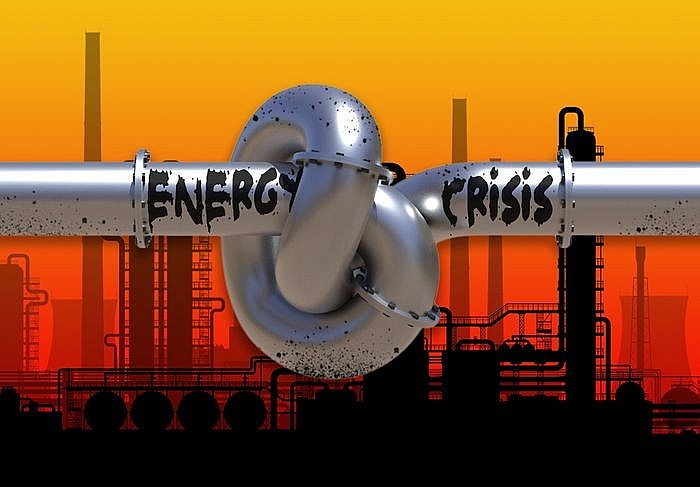 |
| Photo Market Watch |
Analysts have attributed the rise in global energy prices to several factors. Some see the rise as driven primarily by the bounce back witnessed in consumer demand as economic activity returns to normal after the pandemic. Production, however, has failed to bounce back as quickly due to disruptions to the supply chain caused by the pandemic, it is said. The shortage of truck drivers who ferry fuel to pumps due to Brexit and restrictions imposed due to the pandemic, for instance, has been seen as a major cause behind the U.K.'s fuel crisis.
Other analysts see the rise in energy prices as an example of ‘greenflation’ caused by increasing restrictions placed by governments on traditional energy sources. Government regulators have in recent years increasingly worked towards encouraging renewable sources of energy in order to meet global emission targets. China last year pledged an aggressive 65% reduction in its emissions by 2030 and has cracked down heavily on coal mining. The U.K. already relies on wind energy to power a quarter of its electricity needs. It is believed that this aggressive push towards the adoption of renewable energy may have led investors to under-invest in traditional energy sources, in turn leading to insufficient supplies to meet rising demand.
| Causes of an Energy Crisis: -Resource shortages -Wars -Market manipulation |
Top 8 Worst Energy Crises in the World History
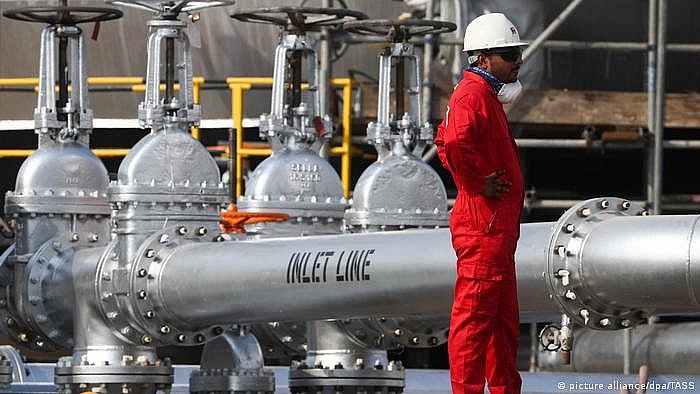 |
| Photo DW |
1. Oil Crisis in 1970s
In 1973, Secretary of Commerce Peter Peterson remarked: “The era of low-cost energy is almost dead.” Americans paid the price as prosperity came to an end. The oil embargo of 1973–1974 and subsequent crises stretched across the decade and had a deep impact on everyday life.
The oil crisis of the 1970s was brought about by two specific events occurring in the Middle-east, the Yom-Kippur War of 1973 and the Iranian Revolution of 1979. Both events resulted in disruptions of oil supplies from the region which created difficulties for the nations that relied on energy exports from the region. Canada, Australia, New Zealand, the U.S, Western Europe and Japan experienced large shortages in petroleum supplies and as a result suffered high prices.
The countries named above were hard hit because they were industrial centers in the world economy which had a large demand for cheap oil exports from the Middle-east.
2. 1990s oil price shock – caused by the Gulf War
The next major shock came in 1990 when Iraq invaded Kuwait. The United Nations imposed an embargo on trade with Iraq and Kuwait, which raised oil prices from $15 per barrel in July 1990 to $42 in October. U.S. and coalition troops moved into Kuwait and defeated the Iraqi army in just a few months. During the campaign, Saudi Arabia increased oil production by more than 3 million barrels per day, roughly the amount previously supplied by Iraq, to help dampen the increase and shorten the period of higher prices.
READ MORE: Top 10 Largest Oil and Gas Companies in the World
3. 2000s Energy Crisis
The 2000s energy crisis, which came to be known as the perfect storm, developed over a period of five years. It was barely unnoticed before bursting into the Northwest during fall and winter of 2000 and spring of 2001. After the 1970s energy crisis, inflation had stabilized the price of oil to $25 per barrel, which lasted to the 2000s when the prices shoot drastically, reaching highs of $147 in July 2008. The crisis began in 2000 during the Western energy crisis, which was as a result of under-investment in the generation and preservation of energy.
The effect of this crisis was attributed to geopolitical factors, the effects of which were felt across the globe during the financial crisis of 2008 when oil prices hit their highest mark in world history. In addition, the decline in the value of the US dollar coupled with the increased demand for oil in China, the tension from the Middle East resulting from North Korea's missile tests, the conflict between Lebanon, and Israel and Iran’s nuclear plan resulted in the upsurge of oil prices, which were unbearable for the global economy. The energy crisis ended in December 2008, when the global economy entered a recession reducing the oil prices from $147 to $32 per barrel.
4. North American Natural Gas Crisis 2000-2008
King Hubbert, through the Peak theory, explained that there would come a time when the maximum global natural gas production would be reached, beyond which production would enter a terminal decline. Between 2000 and 2008, the Peak theory became practical in North America after natural gas prices spiked due to a decline in the production and increase in demand for electricity generation.
Gas production in the US fell from 0,570,295 by 106 cu ft (5.824859×1011 m3) in 2001 to 18,950,734 by 106 cu ft (5.366250×1011 m3) in 2005 before slightly increasing in 2006. Gas shortage during this period followed by the 2008 financial crisis resulted in the demand for the importation of Liquefied Natural Gas (LNG). However, an increase in the natural gas production rate and proven reserves in parts of North America have put importation of LNG on hold and even spawned export of LNG from North America.
READ MORE: Top 5 Most Fuel-Efficient Hybrid cars
4. 2004 Argentine Energy Crisis
The Argentine energy crisis was a natural gas supply shortage experienced by Argentina in 2004. After the recession triggered by the economic crisis and ending in 2002, Argentina's energy demands grew quickly as industry recovered, but extraction and transportation of natural gas, a cheap and relatively abundant fossil fuel, did not match the surge.
According to estimates, 50% of the electricity generated in Argentina depends on gas-powered plants. The national energy matrix has no emergency reserves and by 2004 it was functioning at the top of its capacity. At this point, barely emerging from the seasonal low demand caused by summer, many industrial facilities and power plants started suffering intermittent cuts in their supply of natural gas. Between February and May the cuts amounted to an average of 9.5 million m³ a day, about 13% of industrial demand, and by the end of May they grew to a maximum of 22 million m³. The most seriously affected regions were the capital, certain regions of the province of Buenos Aires, and the province of La Pampa.
5. 2000-2001 California Electricity Crisis
That day came in 2000 and early 2001, and it was exacerbated by a drought in the Pacific Northwest. A considerable amount of Californias energy had come from the Northwestern Coastal states hydroelectric facilities. Those states experienced severe droughts in 2000 and 2001. California then was in a formidable position because California did not have its own generation capacity necessary to be self-reliant and in the year 2000 the nations energy squeeze was starting emerge.
On January 21st, 2001 California experienced its first blackout and consumer advocates believed the blackout was finance driven believing any outages would not have occurred had there been enough money on the table. With that mentality, Californians were obviously in the dark about the state's energy problem; they believed there was adequate generation available.
Subsequently, in the year 2001 California experienced several blackouts. The energy shortage was further exacerbated by limited natural gas pipeline capacity coupled with restricted electrical transmission capacity, evidenced by the thermal restrictions of transmission line Path 15, running between Southern California and Northern California. This forced the Independent Service Operator to issue Stage 2 emergency alerts.
6. 2008 South African energy crisis
The South African crisis led to large price rises for platinum in February 2008 and reduced gold production.
What caused the blackouts?
South Africa was producing more electricity than it needed when White-minority rule ended in 1994, but the government didn’t foresee how sharply demand would surge as the economy expanded and previously neglected areas were connected to the grid. Eskom invested in several multibillion-dollar plants after the authorities awoke to the severity of the problem in the mid-2000s, but the projects came too late and took too long to build. The Medupi and Kusile coal-fired plants, two of the world’s biggest, were supposed to come on line in 2015, but ran way behind schedule and over budget. Eskom’s other plants are on average more than four decades old. The shortages are a huge risk to smelters, mines and other energy-intensive businesses.
7. The Gaza electricity crisis in 2017
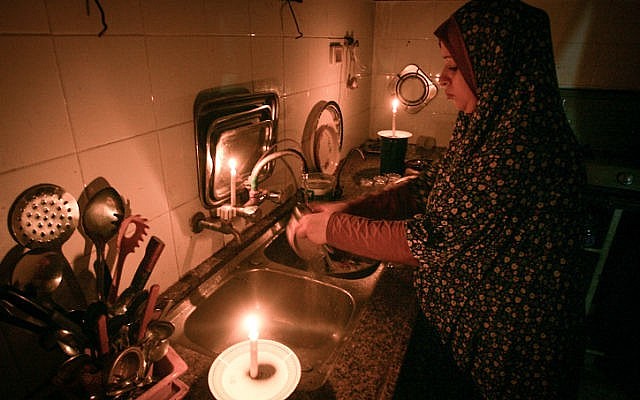 |
| Photo Flash90 |
It is a result of the tensions between Hamas, which rules the Gaza Strip, and the Palestinian.
For the past decade, the Gaza Strip has suffered from a chronic electricity deficit, which undermined already fragile living conditions. The situation has further deteriorated since April 2017 in the context of disputes between the de facto authorities in Gaza and the West Bank-based Palestinian Authority. The ongoing power shortage has severely affected the availability of essential services, particularly health, water and sanitation services, and undermined Gaza’s fragile economy, particularly the manufacturing and agriculture sectors.
The data presented in the following charts is provided to OCHA on a daily basis by the Gaza Electricity Distribution Company (GEDCO), the official body in charge of electricity supply in the Gaza Strip. The variation in electricity demand per day is estimated based on the temperatures recorded on that day.
8. 2021 global energy crisis
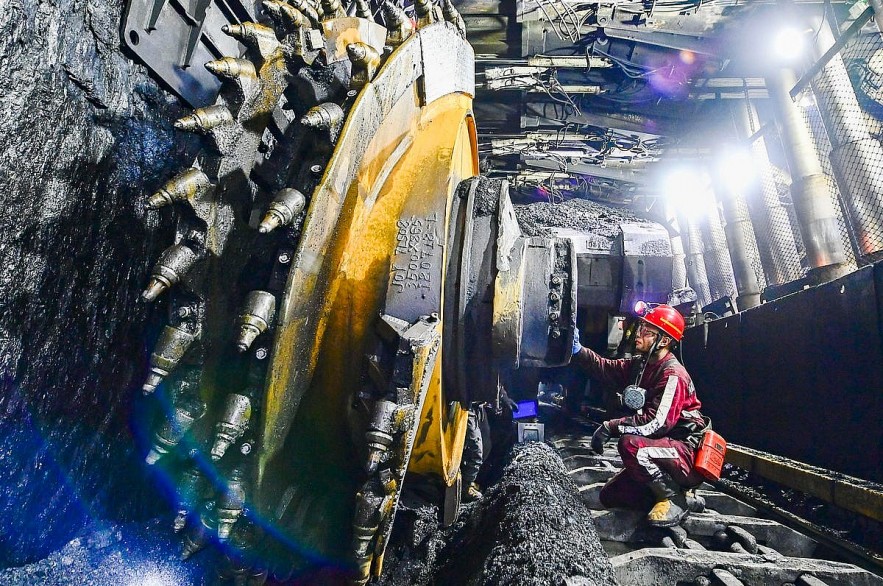 |
| Photo Forbes |
The world is in the middle of its first truly global energy crisis. The answer is not additional fossil fuels, but instead putting efforts into the energy transition.
Global energy markets are facing the perfect storm. Demand for energy shot up after China and other major economies began to recover from the pandemic. In Europe, a cold winter depleted gas reserves, while a long spell of still days reduced wind power supply to the grid. Meanwhile, CO2 prices have hit record levels. Russia, one of Europe’s biggest suppliers, had declined to increase supplies on the short-term spot market, although the Kremlin recently said it was starting to help out.
In Asia and Europe, energy prices are going in one direction: up. And the US is watching anxiously.
| European gas prices are at record levels, pushing wholesale electricity prices up 200% in the first nine months of this year. The UK, one of the hardest hit countries because of dwindling North Sea supplies and limited gas storage, is considering lending money to energy-intensive industries to help them pay their power bills. |
| What to expect: A perfect storm in 2022 Today, multiple factors are raising oil prices. There are three key elements: Oil demand has grown more rapidly than expected in recent months as countries emerged from pandemic lockdowns. OPEC+, a loose partnership between OPEC and Russia, has not raised production at a commensurate level, and neither have U.S. shale oil companies. Countries have drawn on stocks of oil and fuel to fill the supply gap, reducing this emergency cushion to low levels. |
Possible Solutions to the Problem of Global Energy Crisis
The best possible solution is to reduce the world’s dependence on non-renewable resources and to improve overall conservation efforts. Much of the industrial age was created using fossil fuels, but there is also known technology that uses other types of renewable energies – such as steam, solar, and wind.
Buy Energy-Efficient Products
Replace traditional bulbs with CFLs and LEDs. They use fewer watts of electricity and last longer. If millions of people across the globe use LEDs and CFLs for residential and commercial purposes, the demand for energy can go down, and an energy crisis can be averted.
Common Stand on Climate Change
Both developed and developing countries should adopt a common stand on climate change. They should focus on reducing greenhouse gas emissions through an effective cross border mechanism.
With current population growth and overconsumption of resources, the consequences of global warming and climate change cannot be ruled out. Both developed and developing countries must focus on emissions cuts to halve their emissions from current levels by 2050.
 Partial Solar Eclipse on October 2022: New Moon and the 12 Zodiac Signs Partial Solar Eclipse on October 2022: New Moon and the 12 Zodiac Signs The October 2022 Partial Solar Eclipse is when the new moon enters passionate Scorpio. This particular astrological phenomenon heralds a leap for many zodiac signs. |
 Top 10 Countries With Biggest Oil Producers And Consumers In The World Top 10 Countries With Biggest Oil Producers And Consumers In The World Oil is one of the most important factors that can affect the economy in the world. In the article below, we will know more about ... |
 Ways to Make Cooking Oil As Car Fuel: Step By Step Ways to Make Cooking Oil As Car Fuel: Step By Step It is possible to run a vehicle on cooking oil. If you plan to make the switch, consider these ways to make cooking oil and ... |













